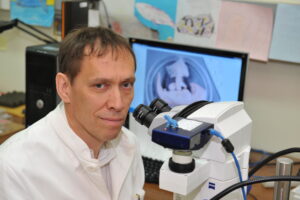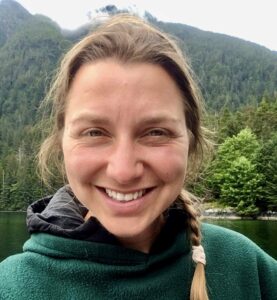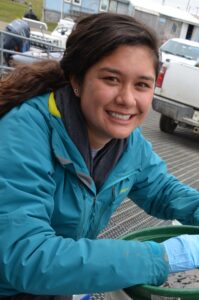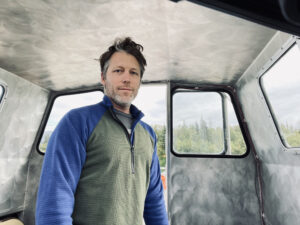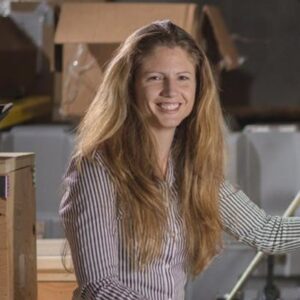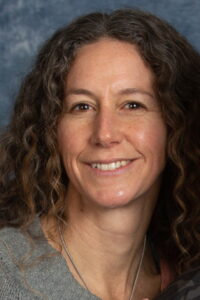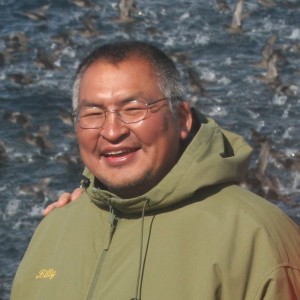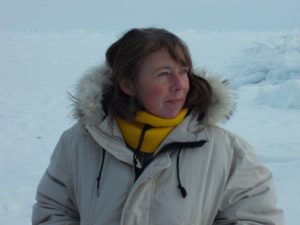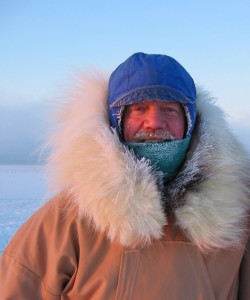2023
WhaleFest Theme
Sound Science: Voices from the Ocean
This year’s Sitka WhaleFest explores the theme of “sound” science from a variety of angles: using sound waves for communication within the ocean, how scientists use sound to study underwater ecosystems, diverse approaches of inquiry in our natural world, and connections to current research in Sitka Sound. Join us as we learn more about what is happening below the waves and celebrate the critical importance of SOUND science.
Science Symposium Speakers
The heart of Sitka WhaleFest is the three-day symposium, where world-renowned scientists share their current research. These presentations are unique because the speakers are chosen for their ability to communicate their work and engage a broad sweeping audience. This innovative science event gives future scientists and anyone interested in our oceans opportunities to meet and interact with a passionate and diverse group of speakers. Each afternoon, symposium participants and guest speakers will explore a daily theme connected to the overall theme of the symposium.
Friday November 3rd
12:45pm to 1:00pm
Welcome & Opening Remarks
1:00pm to 1:45pm
How Sound are Sitka Sound’s Seaweeds? | Lauren Bell
The large seaweed beds found in Sitka Sound provide critically important habitat and food supply for fish, abalone, urchins, and other marine life in our coastal waters. However, climate change is causing ocean warming and acidification that may impact both the presence and nutritional quality of certain seaweeds in our region. This talk will describe recent research efforts to understand how Sitka Sound’s seaweed communities may change in the future, and the impacts these changes may have on the rest of the coastal food web – including us!
2:00pm to 2:45pm
High-tech spying: using sound to observe complex behaviors of marine life | Kevin Boswell
Technological advances have provided marine researchers with a new suite of tools to investigate the structure, behaviors, and ecological roles of life in the oceans. The use of sound is particularly advantageous, as it is not limited by light or water clarity and can provide non-invasive observations of animals in their natural habitats. This talk will explore how acoustic instruments have revealed complex behavioral patterns in marine organisms, from schooling forage fish to the large masses of marine life that undergo coordinated daily migrations in deep seas around the world. These approaches provide valuable insights into marine ecology, behavior, and interactions, contributing to our understanding of ocean ecosystems and guiding conservation efforts.
3:00pm to 3:45pm
Can pingers reduce accidental captures of harbor porpoise in fishing nets in Southeast Alaska? | Kim Goetz
Due to their preference for coastal areas that frequently overlap with fisheries, harbor porpoise (Phocoena phocoena) are vulnerable to entanglement in gillnets. Pingers, or devices that emit sound, have been shown to keep harbor porpoise away from fishing nets by ‘alerting’ them to their presence – but they have not been tested in the waters of Southeast Alaska. In May 2023, an experiment was conducted in Auke Bay, near Juneau, Alaska, as the first step in assessing the effectiveness of pingers as a tool to keep porpoise away form fishing nets. Preliminary results of this experiment will be presented for the first time.
Saturday November 4th
1:00pm to 1:45pm
Sonification of Alaskan Coastal Habitats | Christina Bonsell & Matthew Burtner
Music and science collide in a collaborative effort to create compositions that capture the dynamic environments of coastal habitats, including a year in an Arctic lagoon. This co-talk between an emmy-award winning composer and an Arctic scientist will demonstrate how we can use sound to bring environmental data alive and better connect with the natural world.
2:00pm to 2:45pm
Humpback whales in the time of Covid-19: Examining their responses to changes in vessel traffic | Heidi Pearson
The cancellation of cruise ships and reduction in tourism due to the COVID-19 pandemic afforded an unprecedented opportunity to study humpback whales in Juneau, AK. Juneau’s cruise ship-driven whale-watching industry is among the world’s largest, and the steady pre-pandemic growth of this industry has led to concerns about potential impacts of whale-watching vessels on whales. We examined if humpback whales exhibited changes in residency and stress with respect to changes in vessel traffic during the years 2020-2022. Results will inform best management practices to ensure the sustainability of this growing industry across Alaska.
3:00pm to 3:45pm
In the Active Voice: Beaked Whales and Underwater Sonar on a Busy Navy Training Range in California | Erin Falcone
Some of the loudest voices in the sea today are the mid-frequency active sonar systems used by the world’s navies to hunt for submarines. These sonar systems have been linked to cetacean mass stranding events around the world, particularly of beaked whales, but despite almost two decades of research, we still don’t really understand how or why whales exposed to military sonar sometimes end up dead. We will discuss findings of our ongoing work with Cuvier’s beaked whales on the Southern California Anit-submarine Warfare Range, one of the busiest sonar training ranges in the world. While we haven’t solved the sonar-stranding mystery, this study has provided an unprecedented look at the hidden lives of a truly remarkable and difficult to study species, and how they coexist with intense anthropogenic sounds at the center of their home range.
Sunday November 5th
1:00pm to 1:45pm
What are they talking about? The evolution of sound and hearing in whales | Hans Thewissen
Whales make sounds for all kinds of reasons and so did their ancestors, land animals similar to hippos, camels, and deer. When whales evolved to be aquatic, a lot had to change in their ears and vocal apparatus to allow these organs to function in water. Much of this evolution is documented by fossils and can help us understand what all those mysterious clicks, bangs, and pings that whales make are all about.
2:00pm to 2:45pm
Listening to the Arctic | Billy Adams & Kate Stafford
There are many different ways of listening to the environment. People traveling on the ice in winter listen for cues of moving ice. The songs of amauligak (snow bunting) signal the arrival of spring. While in water an oar, an umiaq, or a hydrophone can reveal the sounds of whales and seals. In this presentation, Inupiat hunter Billy Adams and Kate Stafford, a scientist who studies underwater sound, will talk about how they use the sounds of nature to better understand the environment.
3:00pm to 3:45pm
The Sounds of Alaska and a Tribute to Craig George
A tribute to Craig George by friends and colleagues recalling his scientific work in the Arctic on bowhead whales, his memorable times at the Sitka WhaleFest, and his times living in the North. Based on the WhaleFest theme of Sound, five presentations will focus on sounds of animals, whales, ice, maritime Alaska, and the science questions that were so important to Craig.
Speakers include: Jan Straley, Michael Castellini, Madison Kosma, Kate Stafford, and Hans Thewissen
